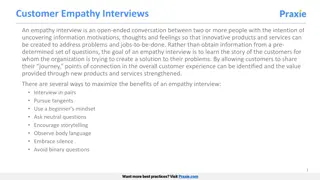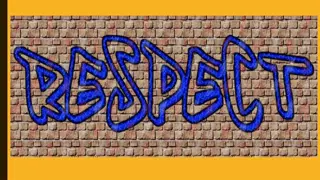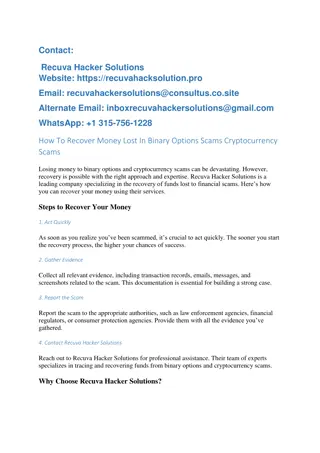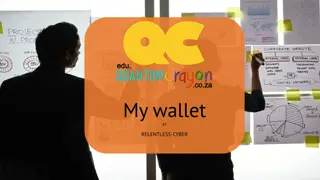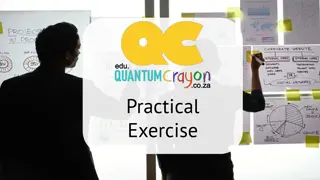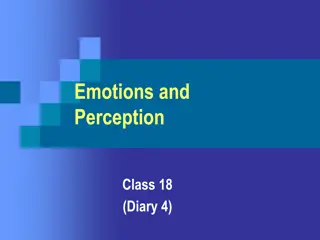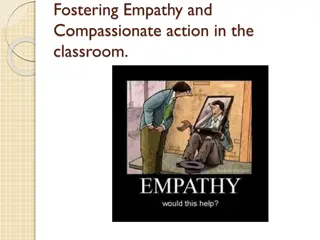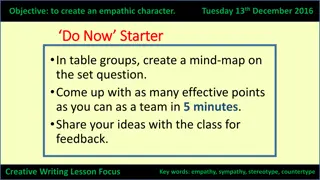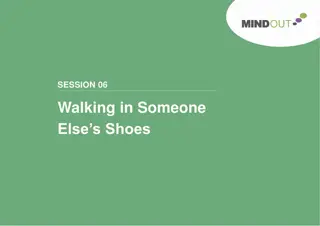Engineering Empathy Lesson: Designing a Meaningful Wallet Activity
Explore how engineering intersects with people through a practical activity of designing a wallet for a classmate. The activity includes sketching the ideal wallet, conducting stakeholder interviews, capturing findings, reframing the problem, and ideating radical solutions.
Download Presentation

Please find below an Image/Link to download the presentation.
The content on the website is provided AS IS for your information and personal use only. It may not be sold, licensed, or shared on other websites without obtaining consent from the author. Download presentation by click this link. If you encounter any issues during the download, it is possible that the publisher has removed the file from their server.
E N D
Presentation Transcript
Engineering Empathy Lesson 3.1
In what ways does engineering intersect with people? Essential Question for Unit 3
Activity 3.1.1 Designing a Wallet for a Classmate
1) Design the IDEAL wallet [3 minutes] Individual time to sketch Activity and slides are modified from Stanford s d.school wallet activity
2) Stakeholder interview to design something useful and meaningful for your partner note: from this point forward, anytime you see wallet , you could imagine a wallet, purse, backpack, fanny pack, or any other carrying device that would be useful for your partner [4 minutes] Partner A interviews Partner B, takes notes [4 minutes] Partner B interviews Partner A, takes notes Potential starting point: Ask your partner to walk you through the contents of their wallet/carrying device When do they carry their wallet? Why do they have a particular card in there? What do the things in their wallet tell you about their life? Take note of things you find interesting or surprising. Activity and slides are modified from Stanford s d.school wallet activity
3) Capture your findings [2 minutes] Individual writing Identify and justify the problem What does your partner want the design to achieve? What type of carrying device do they prefer (wallet, fanny pack, backpack, etc.)? Define the requirements for your design Insights What have you learned about your partner s motivations? Can you infer something more from what you heard about your partner s experiences that perhaps even your partner didn t articulate? Activity and slides are modified from Stanford s d.school wallet activity
4) Reframe the problem [1 minute] Individual writing Activity and slides are modified from Stanford s d.school wallet activity
5) Ideate: sketch at least 5 radical solutions to address the problem statement [5 minutes] Individual sketches (visual brainstorming) Activity and slides are modified from Stanford s d.school wallet activity
6) Share your solutions and capture feedback [4 minutes] Partner A shares solutions to Partner B, captures feedback [4 minutes] Partner B shares solutions to Partner A, captures feedback Tips to capture feedback What does your partner likes / dislikes? Are there any new insights? Listen to your partner s reactions and questions. Caution: learning opportunity > validation Activity and slides are modified from Stanford s d.school wallet activity
7) Iterate [3 minutes] Individually reflect and sketch a new solution Activity and slides are modified from Stanford s d.school wallet activity
8) Build your solution [7 minutes] Individually create a functional prototype Activity and slides are modified from Stanford s d.school wallet activity
9) Share your solution and get feedback [4 minutes] Partner A shares solution to Partner B, captures feedback [4 minutes] Partner B shares solution to Partner A, captures feedback Activity and slides are modified from Stanford s d.school wallet activity
Whole Class Reflection 1) Use one word to describe how you feel after all of this. 2) Why do you think it was important to keep the prototyping step to only 7 minutes? 3) What parts of the engineering design process are particularly emphasized or missing here? Activity and slides are modified from Stanford s d.school wallet activity
Wallet Design Connections Look at the the classroom s design process representation on the wall. 1) How does this wallet activity fit in with the existing representation of the engineering design process? 2) Should we make any changes to the representation at this point? How does empathy relate to the e4usa threads? 1) empathy for stakeholders (green thread) 2) empathy for teammates (blue thread)






